Storm Restoration Timing and Considerations
Storm restorations are most effective when performed promptly after severe weather events. Weather patterns, seasonal changes, and regional climate conditions influence the optimal timing for repairs and restorations to ensure safety and durability.
Conducting inspections immediately after storms helps identify damages early, preventing further deterioration.
Late spring and early fall typically offer favorable weather conditions for storm-related repairs.
Avoiding restoration during winter or heavy rain periods reduces delays and ensures quality work.
In regions prone to frequent storms, timely restorations minimize long-term damage and costs.
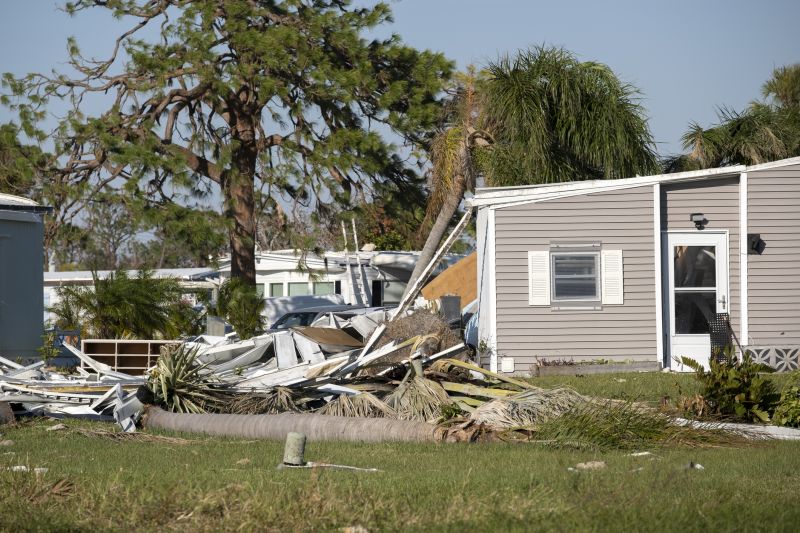
Assessing damage quickly after storms ensures timely restoration efforts.

Utilizing advanced tools for efficient repairs improves restoration quality.
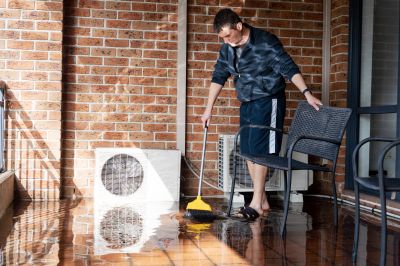
Effective cleanup is essential to prepare for repairs and prevent further issues.
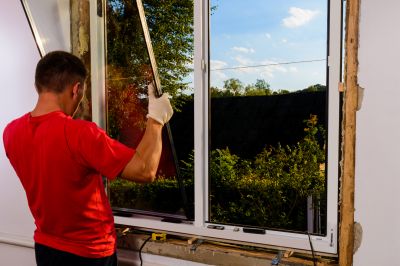
Ways to make Storm Restorations work in tight or awkward layouts.
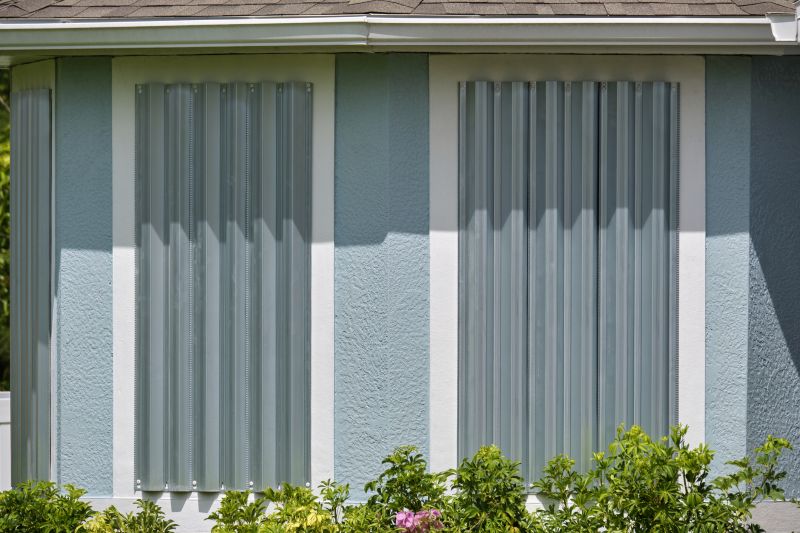
Popular materials for Storm Restorations and why they hold up over time.
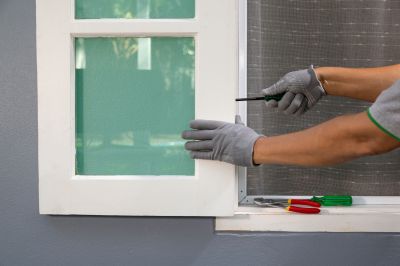
Simple add-ons that improve Storm Restorations without blowing the budget.
| Season | Ideal Timing |
|---|---|
| Spring | Early spring offers moderate weather for repairs. |
| Summer | Late summer provides longer days and stable conditions. |
| Fall | Early fall is suitable before winter weather sets in. |
| Winter | Typically avoided due to harsh weather and cold temperatures. |
Storm restorations involve repairing damage caused by severe weather, including wind, hail, and heavy rain. Proper timing ensures that repairs are durable and that additional weather events do not compromise the work. Prompt action can reduce long-term costs and prevent secondary issues such as water intrusion or structural weakening.
Statistics show that addressing storm damage within the first few weeks significantly decreases repair costs and minimizes disruption. Seasonal considerations, regional climate patterns, and the type of damage influence the best timing for restoration efforts. Coordinating repairs during periods of stable weather enhances safety and quality of work.
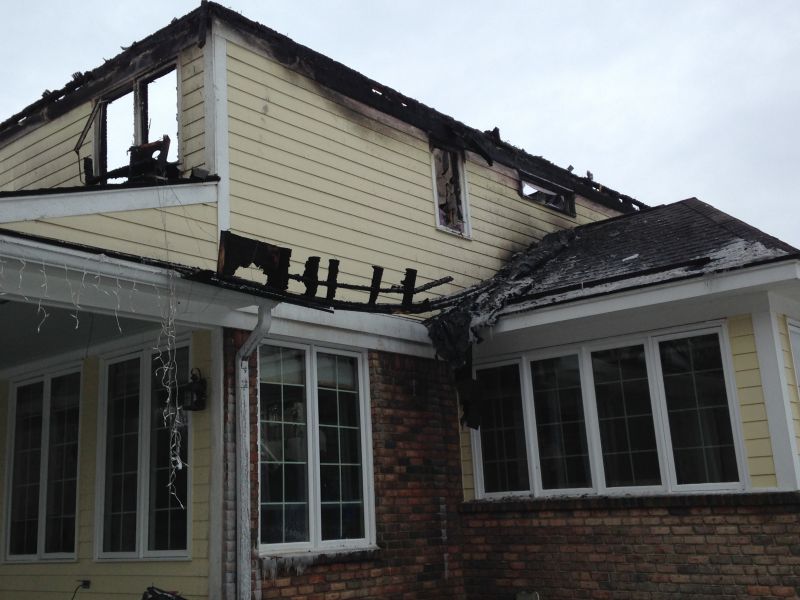
Timely repairs restore structural integrity and safety.
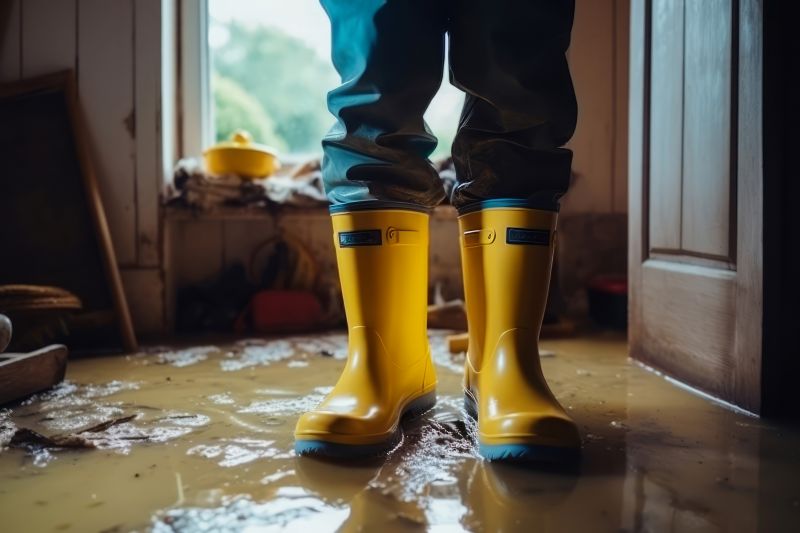
Effective planning ensures efficient restoration processes.
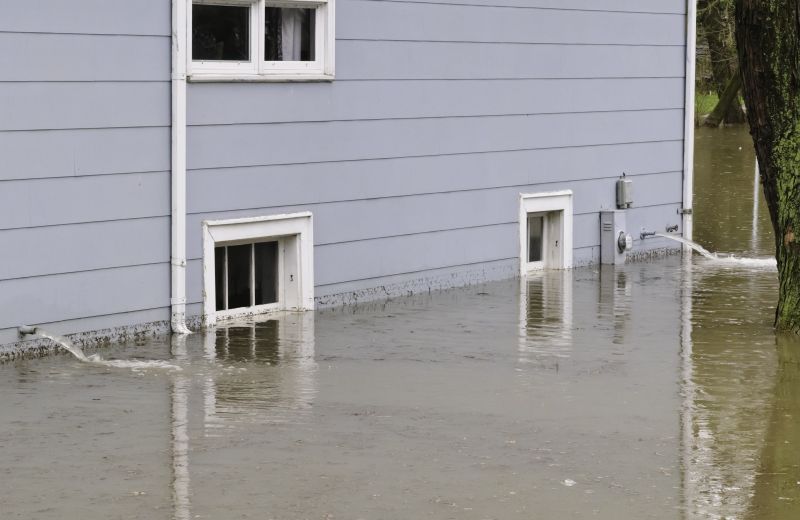
Early intervention helps prevent further damage.

Scheduling repairs during favorable weather optimizes results.

High-end options that actually feel worth it for Storm Restorations.

Finishes and colors that play nicely with Storm Restorations.
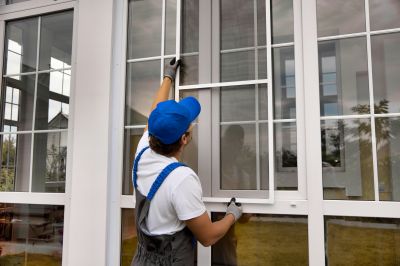
Little measurements that prevent headaches on Storm Restorations day.
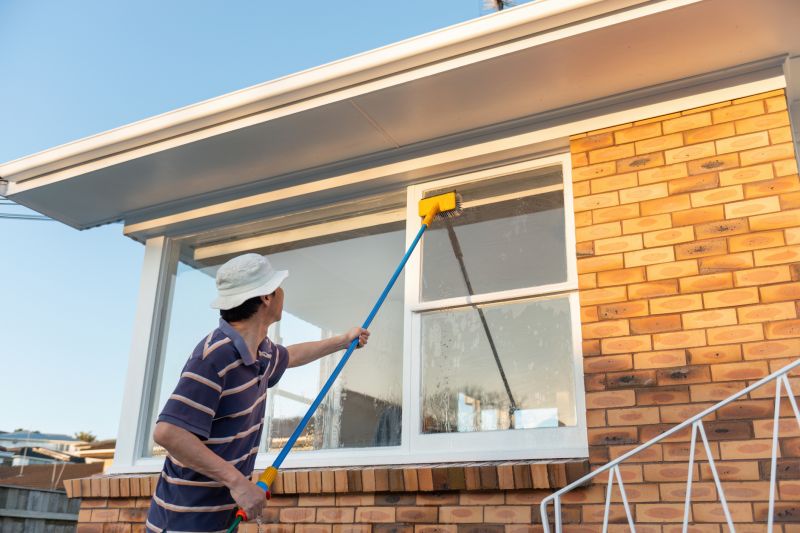
A 60-second routine that keeps Storm Restorations looking new.
Interested in storm restorations? Filling out the contact form can provide more information and assistance tailored to specific needs. Prompt action can help mitigate damage and restore safety efficiently.
